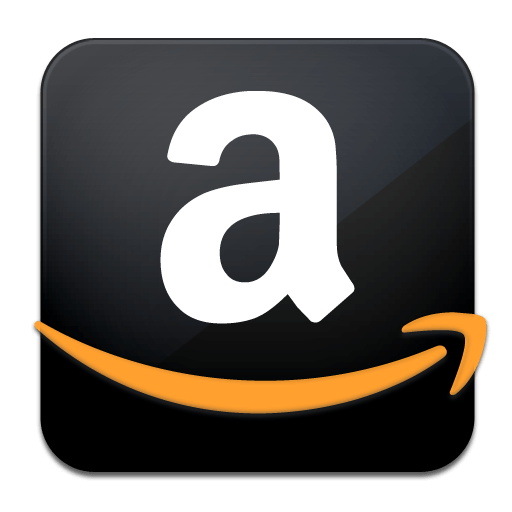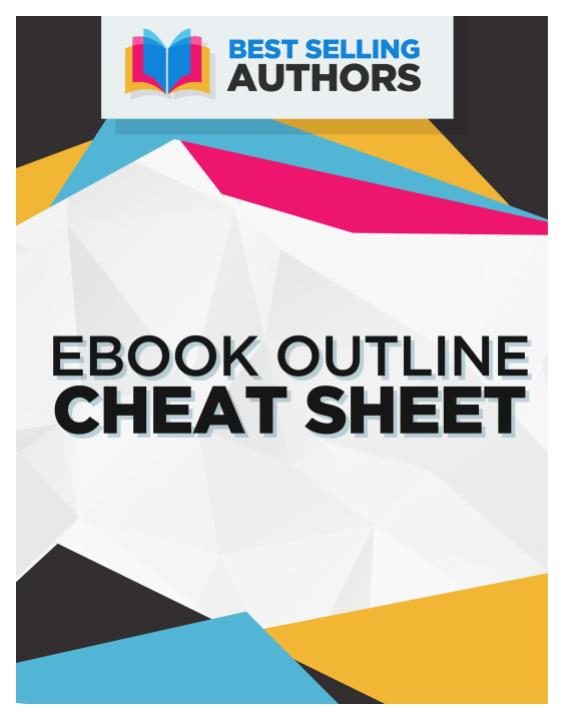 Bowker study says bookstore chains held less than 20 percent share in 2012 while online bookstores continued to do well.
Bowker study says bookstore chains held less than 20 percent share in 2012 while online bookstores continued to do well.
In the year following the exit of Borders from the book retail scene, online bookstores — led by Amazon — earned 44 percent of Americans’ book dollars, up from 39 percent in 2011. The insights into where book buyers are spending come from the 2013 U.S. Book Consumer Demographics and Buying Behaviors Annual Review, the publishing industry’s only complete consumer-based report integrating channel, motivation and category analysis of U.S. book buyers. The Review, an information staple published this month by Bowker® Market Research and industry trade magazine Publishers Weekly, notes that while book retailer Barnes & Noble (including BN.com) remained the second largest bookselling outlet, it depended more on sales of print books in 2012 than it did in 2011, with consumer ebook spending there declining from six percent in 2011 to four percent.
“The Review reveals the larger industry impact of the growth of ebooks,” said Jo Henry, director of Bowker Market Research, a service of ProQuest affiliate Bowker. “This is more than simply a format change. Ebooks are driving powerful behavioral changes among book buyers. The Review captures those trends, providing greater ability to predict and prepare in a very dynamic landscape.”
The Annual Review explores who is buying books, what they’re buying, along with where and why they’re buying them and the industry changes those demographics and behaviors are driving. Information is culled from the Bowker Market Research consumer panel of almost 70,000 Americans who bought books of any format and from any source in 2012 and reveals another pivotal year in the evolution of the book industry.
Among the Review’s highlights:
· Women increased their lead over men in book buying, accounting for 58 percent of overall book spending in 2012, up from 55 percent in 2011. However, men are bigger hardcover buyers – the only area where their buying outpaces women’s.
· The slowly improving economy has improved the climate for purchasing books. By the close of 2012, 53 percent of consumers said the economy was having no effect on their book buying habits, up from 51 percent at the end of 2011.
· Ebooks continue their steady upward trend, with an 11 percent share of spending in 2012, compared to seven percent in 2011.
· The growth of ebooks varies widely among the different publishing categories with their deepest penetration focused in fiction, particularly in the mystery/detective, romance, and science fiction categories, where ebooks accounted for more than 20 percent of 2012 spending.
Despite the growth of ebooks, traditional print book output grew three percent in 2012, from 292,037 titles in 2011 to 301,642 in 2012. The Review contains Bowker’s popular breakdown of print production by genre and for “Unclassified” works comprising mostly reprints and Print-on-Demand, public domain works marketed almost exclusively on the web. This category bounced back with 11 percent growth after a steep 65 percent decline between 2010 (3.8 million titles) and 2011 (1.3 million titles). In 2012, the Reprint/POD sector accounted for the largest ISBN output – more than 1.4 million titles — and as a result, drove an overall increase in print book output of ten percent.
“The book industry continued to change in some unexpected ways in 2012,” said Jim Milliot, Publishers Weekly Editorial Director and editor of the Annual Review. “The information in the annual review is just what is needed to help all industry members adjust to the new publishing reality.”
The 2013 U.S. Book Consumer Demographics and Buying Behaviors Annual Review is available now by visiting www.bookconsumer.com. Through August, the report can be purchased for $799 for a single-use PDF or print copy. After August the price rises to $999. Members of the news media can purchase at a 30 percent discount by contacting [email protected]. Print copies are being manufactured on demand by Ingram Content Group’s Lightning Source, the global leader in print on demand book manufacturing and distribution.


